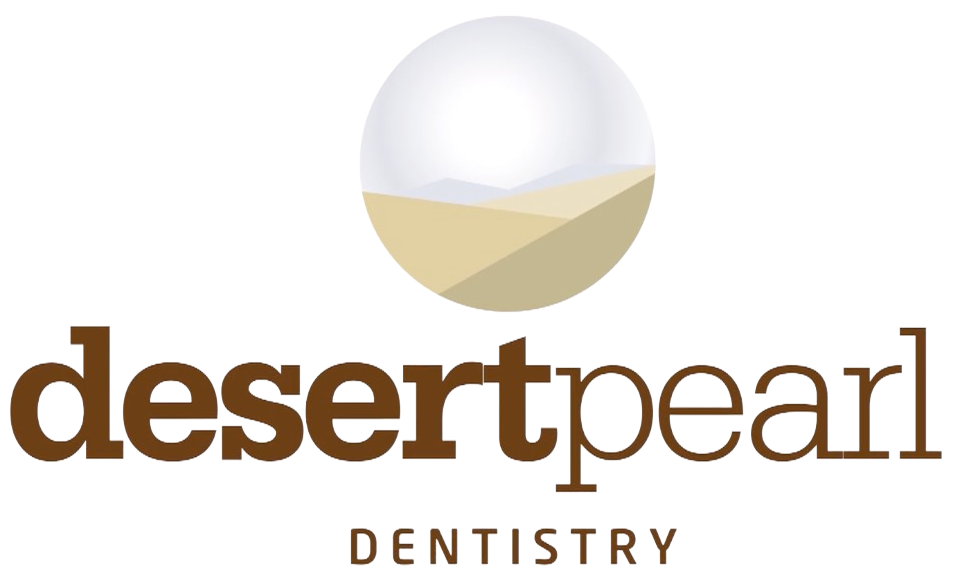For many dentists, cosmetic procedures bring out better, more aesthetically pleasing results by combining various restoration techniques together with good quality oral health care. However, today’s field of oral care is always working on going beyond to help create a more integrated system for improving oral health while providing people with a beautiful smile. This is where bio-rejuvenation dentistry comes in. As a new approach to dentistry, bio-rejuvenation dentistry has been the latest concept to take on a biology-focused approach to restorative treatment. For patients looking for a more affordable method of dentistry that preserves their smile, we’re here to explore what bio-rejuvenation means for you.
What Defines Bio-Rejuvenation Dentistry?
For those who aren’t aware, bio-rejuvenation dentistry is a type of dental field that focuses on restoring damaged and decaying teeth by working with the biological function of a patient’s smile. That means that for dentists practicing this form of dentistry, dentists diagnose conditions by observing the mouth’s construction, muscles features, and position in relation to the neck and jawline and then use that information to design a treatment program that relieves more than just poor oral health. This focus on natural retention means that for those suffering from TMJ disorder and teeth grinding, restorations are used to help alleviate those issues through minimally invasive techniques.
Many cosmetic dentists have been moving forward towards these biology-based techniques to create a more interactive and engaging environment for their patients. One key difference between this form of dentistry and other bio-based dental practices is its specific focus on function more so than aesthetics. While aesthetics play a huge role in providing patients with satisfaction, oral health is placed as a priority as poor dental health is highly prevalent among aging generations. Through this dental method, many dentists adopting bio-rejuvenation have been focusing on techniques that are revolutionary to the concept, including:
- Micro-Abrasion and Etching: Complex cavities, tooth decay, and poor enamel wear down are revolved through more minimally invasive techniques, where micro-abrasions are used to remove small areas of enamel to prepare surfaces for restorative treatment, rather than more traditional methods such as root canals and tooth extractions.
- Composite Resin Reconstruction: From there, the composite resin is used as the primary method for bio-rejuvenation, allowing dentists to model and reshape the teeth back to their original form. All the while, this method incorporates measurements and biological formations of the person’s oral health and mouth construction
- Minimal Crown Placement: In other cases, crown placements are used to restore larger areas of damage and decay that cannot be rebuilt through the composite resin, alongside other minimally invasive techniques.
How Bio-Rejuvenation Is Changing Dentistry
By measuring and analyzing patients’ teeth in relation to their jawline and facial muscles, bio-rejuvenation dentistry may be able to create more accurate restorations that help improve the composition and makeup of their smiles. This type of dentistry may also be able to provide patients with a more affordable form of dental care, especially for those needing complex dental restorations. One of the best things about all this is that you can easily find a specialist by contacting your local dentist for more information.



